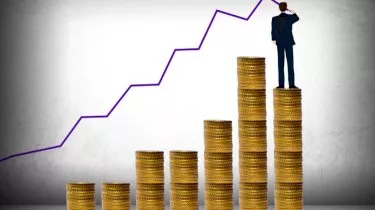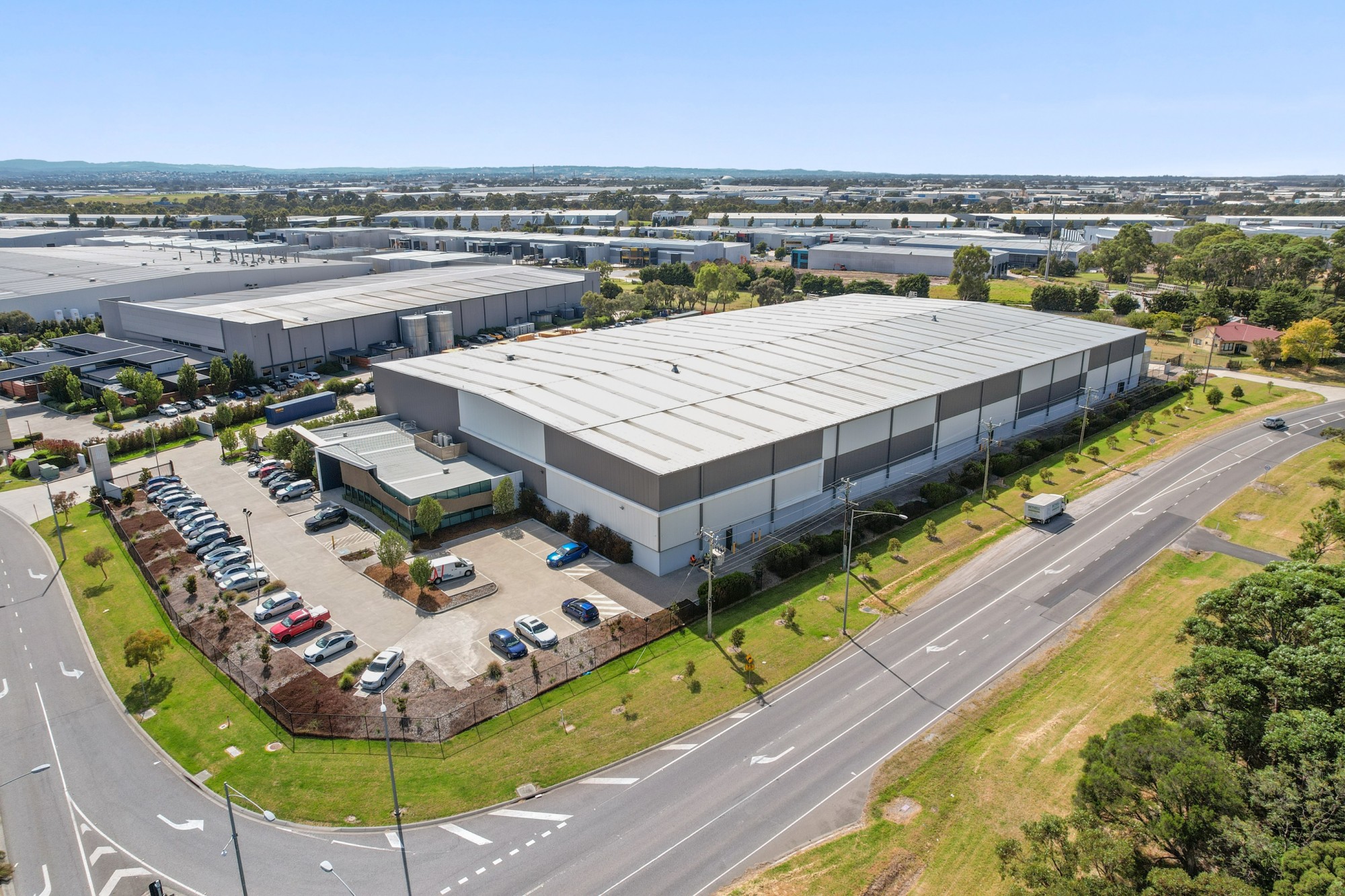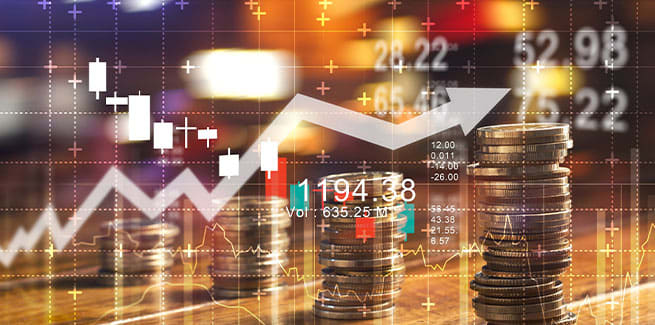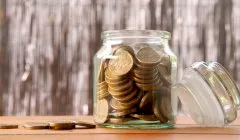Invest
Are we in a passive investment bubble?
Passive investment strategies such as ETFs have become a popular choice for many investors in recent years, but one fund manager is cautioning the world may be in the midst of a giant passive investing bubble.
Are we in a passive investment bubble?
Passive investment strategies such as ETFs have become a popular choice for many investors in recent years, but one fund manager is cautioning the world may be in the midst of a giant passive investing bubble.

Charlie Aitken, who manages the active AIM Global High Conviction Fund, says investing in a passive fund is “the very last thing” he wants to do in the current economic climate.
“You’ve got to remember where we are in the cycle,” Mr Aitken said.
“Markets have gone up for seven years and most fund managers have underperformed the market and that’s fair enough, we get that, and so people get sick of paying their fund managers, and think they can do it better themselves or listen to Warren Buffet and think they should just stick it in an index fund and that’ll be that from there.”
Mr Aitken says this could be a grave misstep, noting that markets are potentially approaching the end of “seven years of rising asset prices and an unprecedented era of low interest rates” and that the money flowing into passive products recently could be doing so at “exactly the wrong time”.

“History suggested that the biggest money flows exactly at the wrong time of the performance cycle – money chases performance – and we are probably right at the peak of performance right now,” he said.
“In reality, the time to buy passive products was seven years ago and quite frankly the lift you’ve had from the market since then has been almost unprecedented in history, but what we all seem to forget – and the passive community never reminds us of – is that passive strategies will also deliver exactly the fall of the market when it comes.”
Additionally, Mr Aitken said the way many ETFs distribute the money invested in them means companies whose market capitalisations (the price of all outstanding shares in that company) were already large benefitted the most.
“Buying an index which is weighted by current market capitalisation means today, in US equities, you are buying the most expensive group of stocks you could find in the last 17 years as measured by price-to-sale ratio. They could get more expensive, but that’s your starting point,” he said.
“You have to remember that price is what you pay and sale is what you get, or not. If record amounts are pouring into passive funds and ETFs, do you think you’re buying value? I don’t think so, and we’re betting against that. You’re buying the hope that someone pays more as interest rates are rising.”
Mr Aitken’s views are not shared by the other side of the industry, with Jon Howie from ETF provider BlackRock saying markets are “unequivocally, without a doubt” not in the midst of an ETF bubble.
“I think that represents fundamental lack of understanding about what’s actually going in investment markets overall and particularly in the ETF industry,” Mr Howie said.
According to Mr Howie, ETFs only represent around 6 or 7 per cent of the US stock market, and even less in other markets around the world.
“Even if every single investor in ETFs in the US piled in to stocks, you’re still only representing 7 per cent of the overall equity market, so you’re still not in a position where 7 per cent of the market can create an enormous bubble in asset classes,” he said.
BetaShares chief economist David Bassanese agreed with Mr Howie’s assessment.
“The idea that ETF investing has created a bubble in US valuations does not hold water as the S&P 500’s price-to-forward earnings premium to the word equities at end May was 11 per cent or only a little higher than its 8 per cent average premium since 2003,” Mr Bassanese said.
“Due to better growth prospects, US equities always trade at a premium.”
Mr Howie said rather than an ETF ‘bubble’, what Mr Aitken is describing is a fully-priced stock market.
“Macroeconomic data in the US has been relatively strong, and also the central bank in that market has been very, very accommodative in order to restart economic growth,” he said.
“You would expect valuations in that market to be reasonably high at this stage in the cycle, and it has absolutely nothing to do with ETFs.
“What’s important for investors is to try and cut through the noise and make an informed decision about which investments are going to be best for them, and then which ways of accessing those investments are going to be best for them. That’s the most important decision anyone can make.”
Do you think ETFs are in a bubble right now or are passive products the way forward? Let us know your thoughts below.

Mutual funds
Mutuals profits rise amid sector challenges: KPMG report highlights growth and merger trends
Australia's mutual banks, building societies, and credit unions, collectively known as Mutuals, have reported a significant rise in profits for the 2025 financial year, according to KPMG's 38th Mutual ...Read more

Mutual funds
EIF and NATO Innovation Fund partner to boost European defence and security investment
The European Investment Fund (EIF) and NATO Innovation Fund (NIF) have signed a Memorandum of Understanding to collaborate on expanding funding for start-ups, SMEs and midcaps in Europe's defence, ...Read more

Mutual funds
Fund managers brace for regulatory challenges as outsourcing and innovation take centre stage
As regulatory complexities continue to mount, fund managers are increasingly turning to outsourcing and prioritising innovation to navigate the challenging landscape, according to a new study by Carne ...Read more

Mutual funds
New report highlights rising anti-money laundering risks and need for three lines of defence
A new report published by Ocorian and Newgate Compliance has warned that rising anti-money laundering (AML) risks are increasing the pressure for alternative fund managers to have three lines of ...Read more

Mutual funds
Centuria capitalises on non-core diversities with a new $50 million fund
The Centuria Capital Group, an established Australasian real estate fund manager, has successfully raised $50 million in equity from its network of Australian wholesale investors. Read more

Mutual funds
New study shows fund managers are eyeing overseas markets for capital growth
A recent study conducted by Carne Group, a prominent figure in the fund regulation and governance solutions sector for the asset management industry, has highlighted a significant shift in the ...Read more

Mutual funds
Equity Trustees reports robust performance with significant revenue and profit growth
Equity Trustees has witnessed a noteworthy advancement in its financial standing, marked by substantial increases in revenue and funds under management, administration, and supervision (FUMAS), ...Read more

Mutual funds
Micro-investing: Is it worth it?
Investing can be complex. It involves making financial decisions on how your money is going to be invested and managed over time, as well as figuring out the right strategy for each investment. There ...Read more

Mutual funds
Mutuals profits rise amid sector challenges: KPMG report highlights growth and merger trends
Australia's mutual banks, building societies, and credit unions, collectively known as Mutuals, have reported a significant rise in profits for the 2025 financial year, according to KPMG's 38th Mutual ...Read more

Mutual funds
EIF and NATO Innovation Fund partner to boost European defence and security investment
The European Investment Fund (EIF) and NATO Innovation Fund (NIF) have signed a Memorandum of Understanding to collaborate on expanding funding for start-ups, SMEs and midcaps in Europe's defence, ...Read more

Mutual funds
Fund managers brace for regulatory challenges as outsourcing and innovation take centre stage
As regulatory complexities continue to mount, fund managers are increasingly turning to outsourcing and prioritising innovation to navigate the challenging landscape, according to a new study by Carne ...Read more

Mutual funds
New report highlights rising anti-money laundering risks and need for three lines of defence
A new report published by Ocorian and Newgate Compliance has warned that rising anti-money laundering (AML) risks are increasing the pressure for alternative fund managers to have three lines of ...Read more

Mutual funds
Centuria capitalises on non-core diversities with a new $50 million fund
The Centuria Capital Group, an established Australasian real estate fund manager, has successfully raised $50 million in equity from its network of Australian wholesale investors. Read more

Mutual funds
New study shows fund managers are eyeing overseas markets for capital growth
A recent study conducted by Carne Group, a prominent figure in the fund regulation and governance solutions sector for the asset management industry, has highlighted a significant shift in the ...Read more

Mutual funds
Equity Trustees reports robust performance with significant revenue and profit growth
Equity Trustees has witnessed a noteworthy advancement in its financial standing, marked by substantial increases in revenue and funds under management, administration, and supervision (FUMAS), ...Read more

Mutual funds
Micro-investing: Is it worth it?
Investing can be complex. It involves making financial decisions on how your money is going to be invested and managed over time, as well as figuring out the right strategy for each investment. There ...Read more








